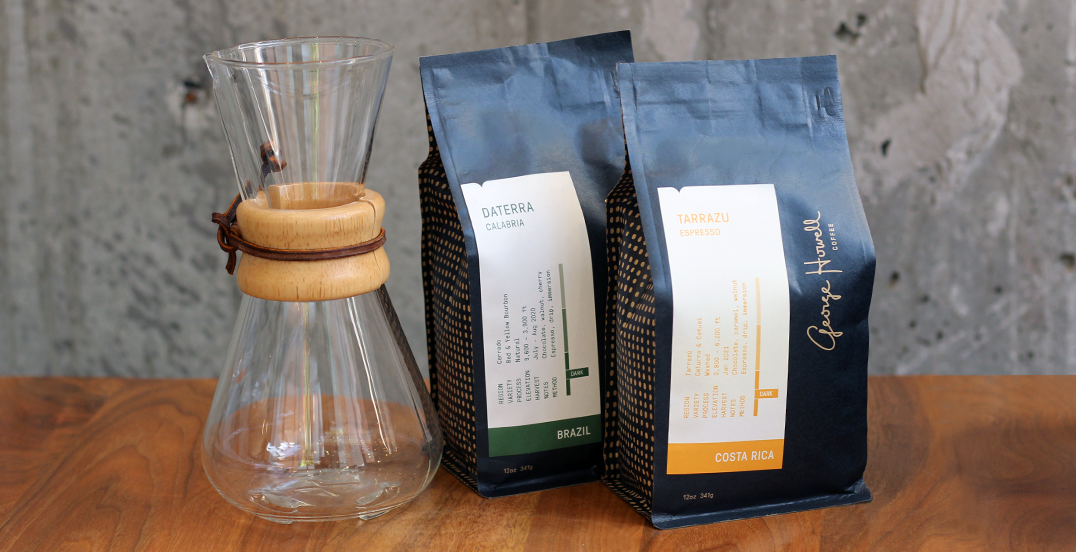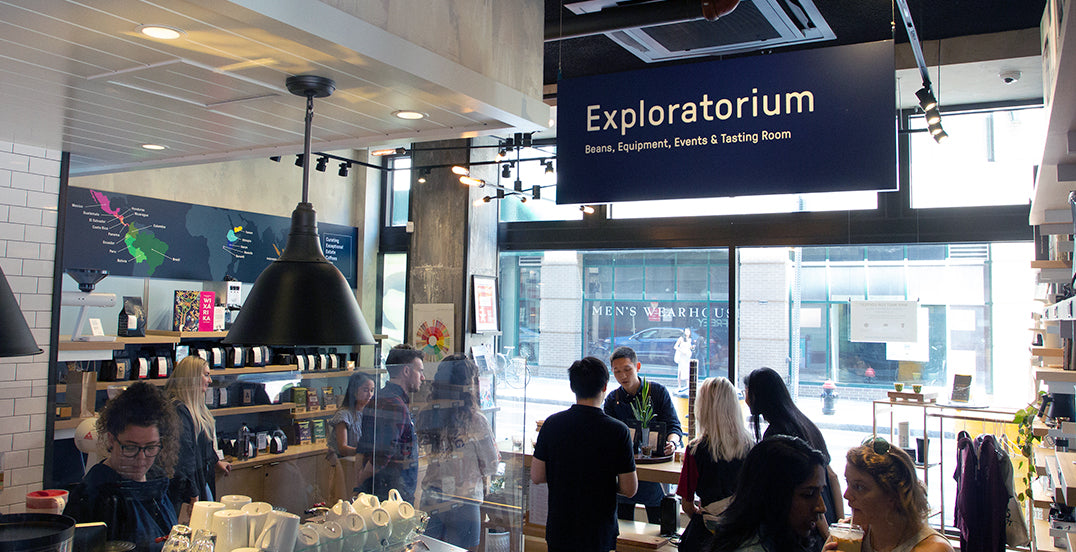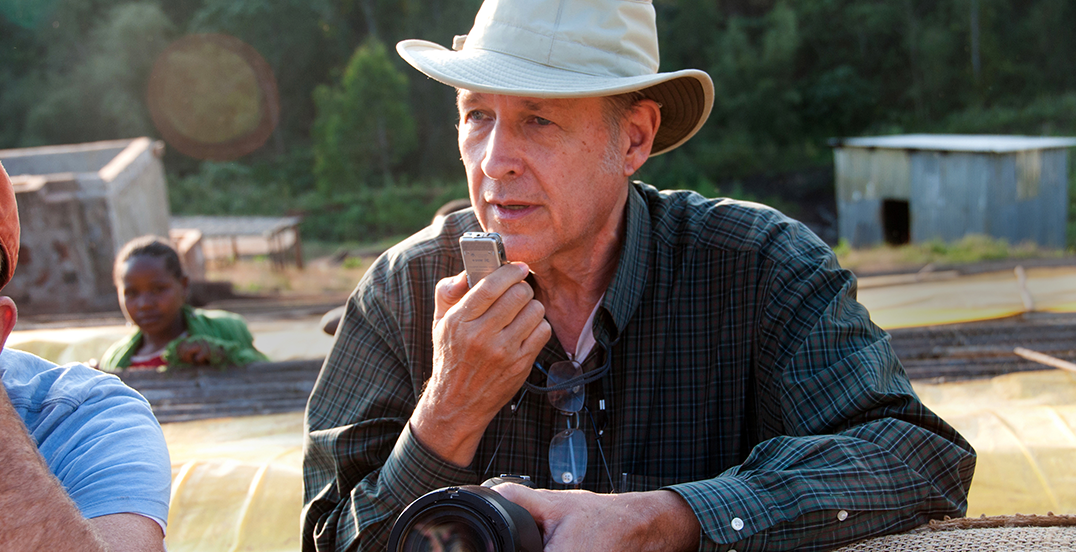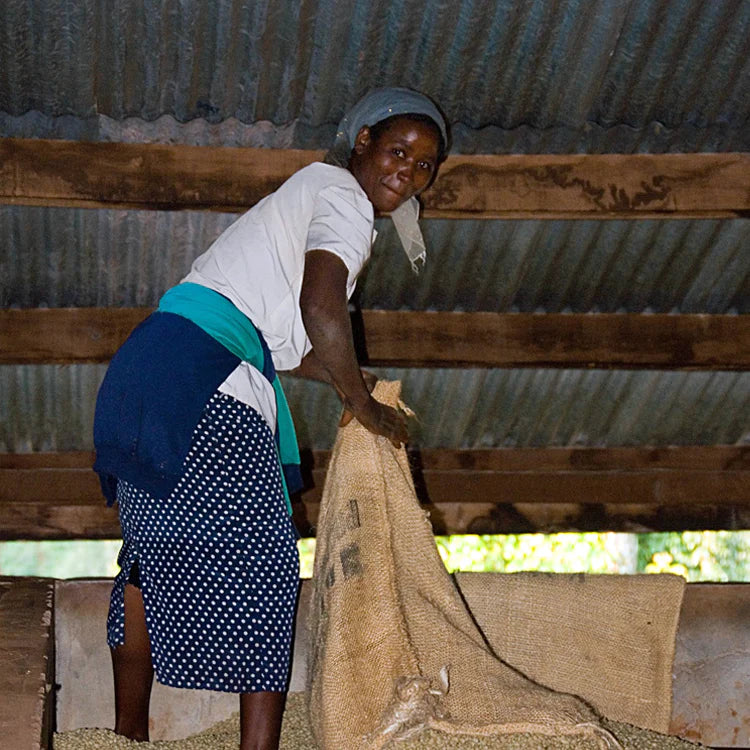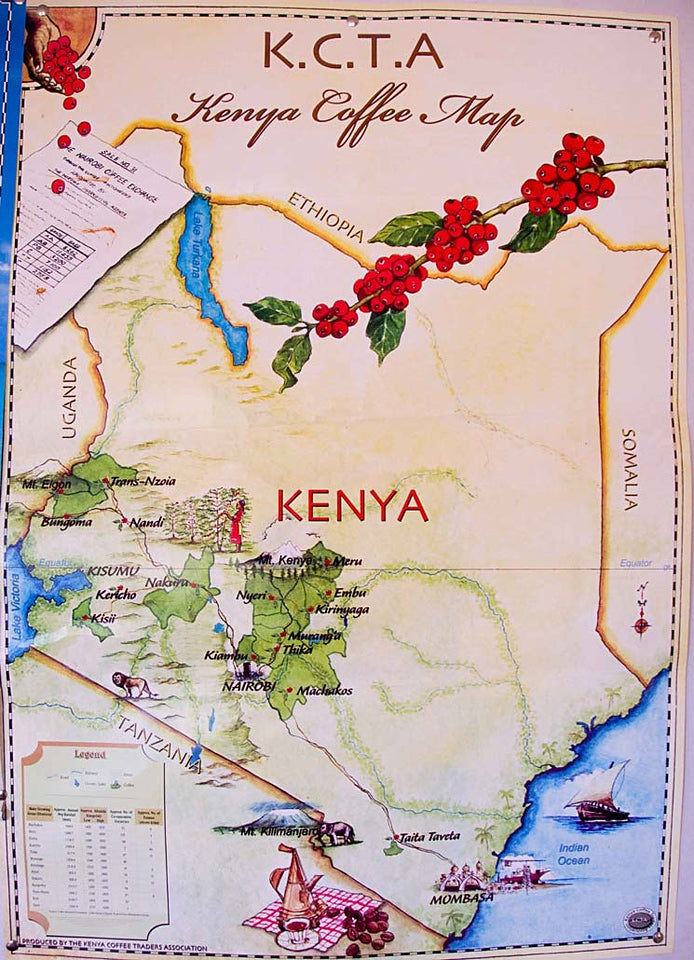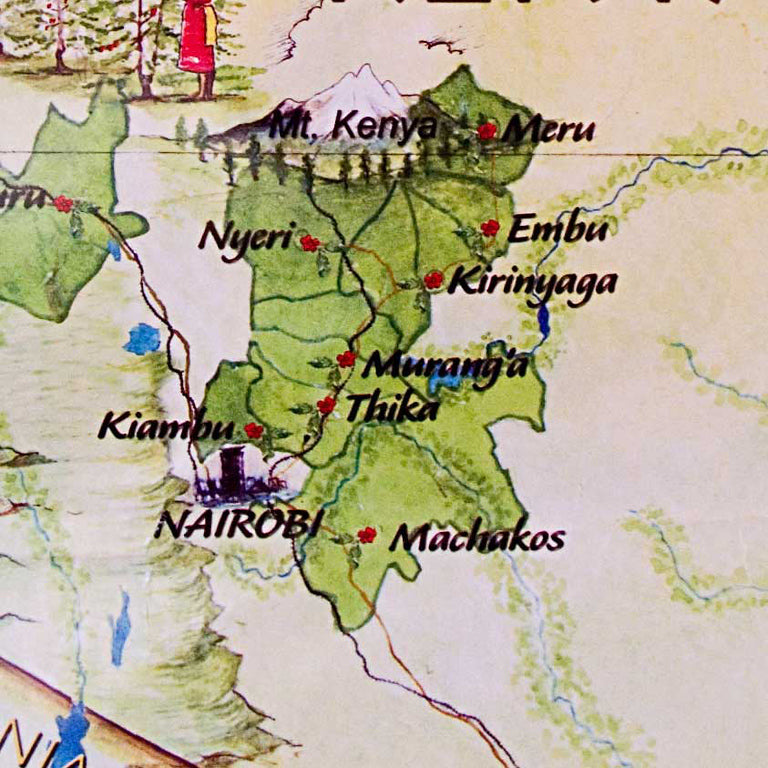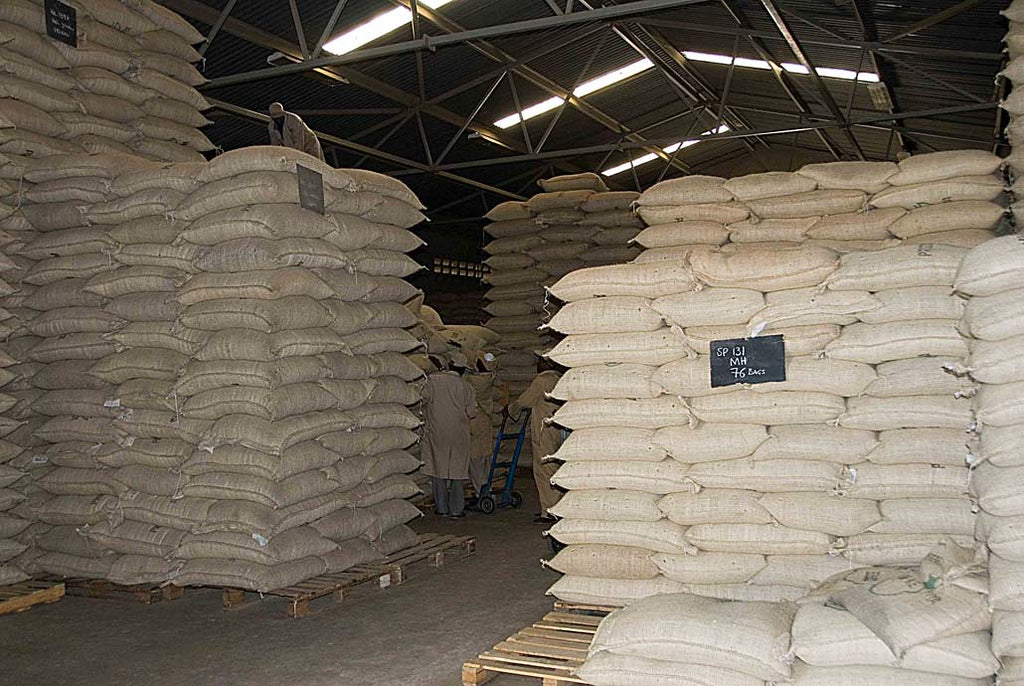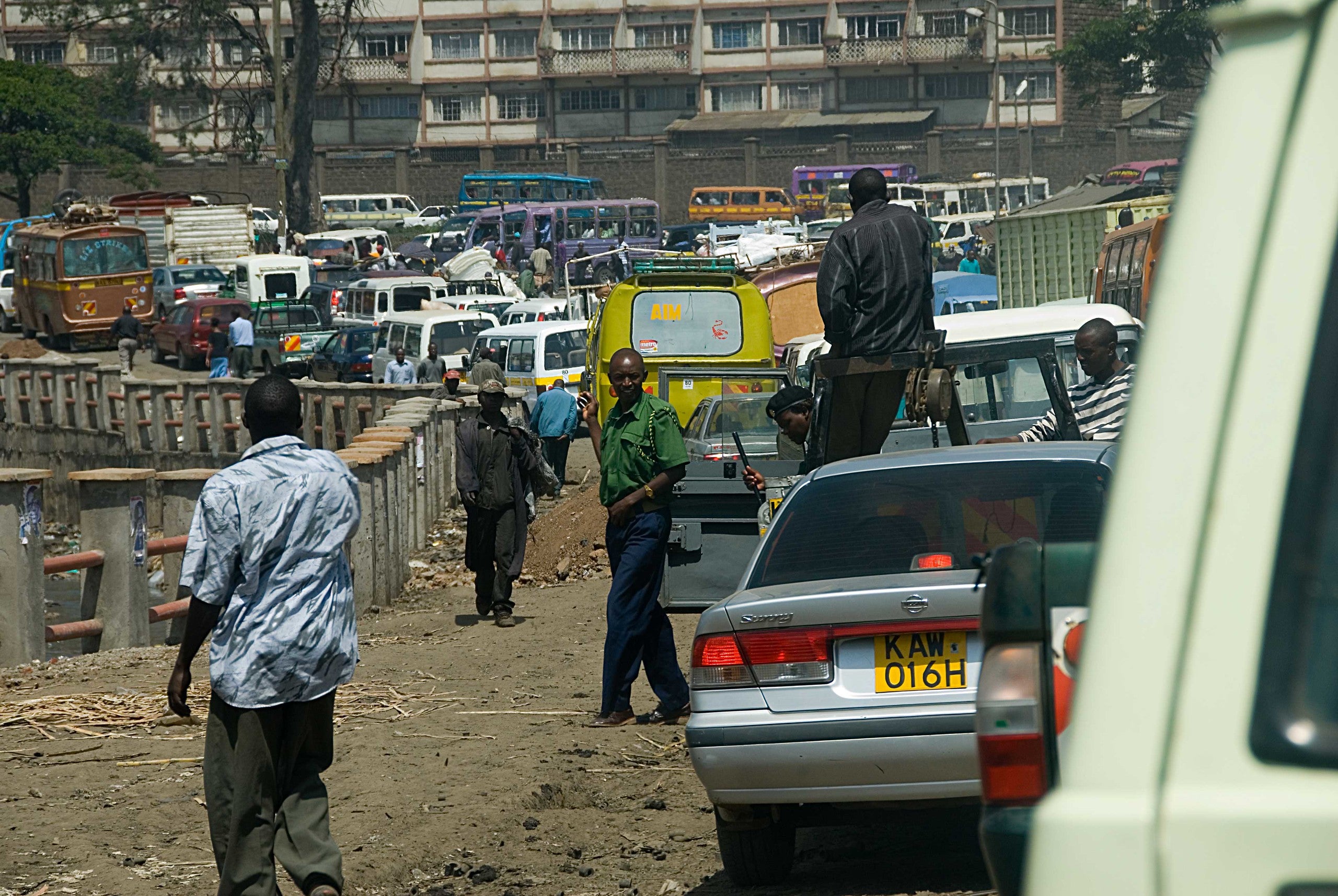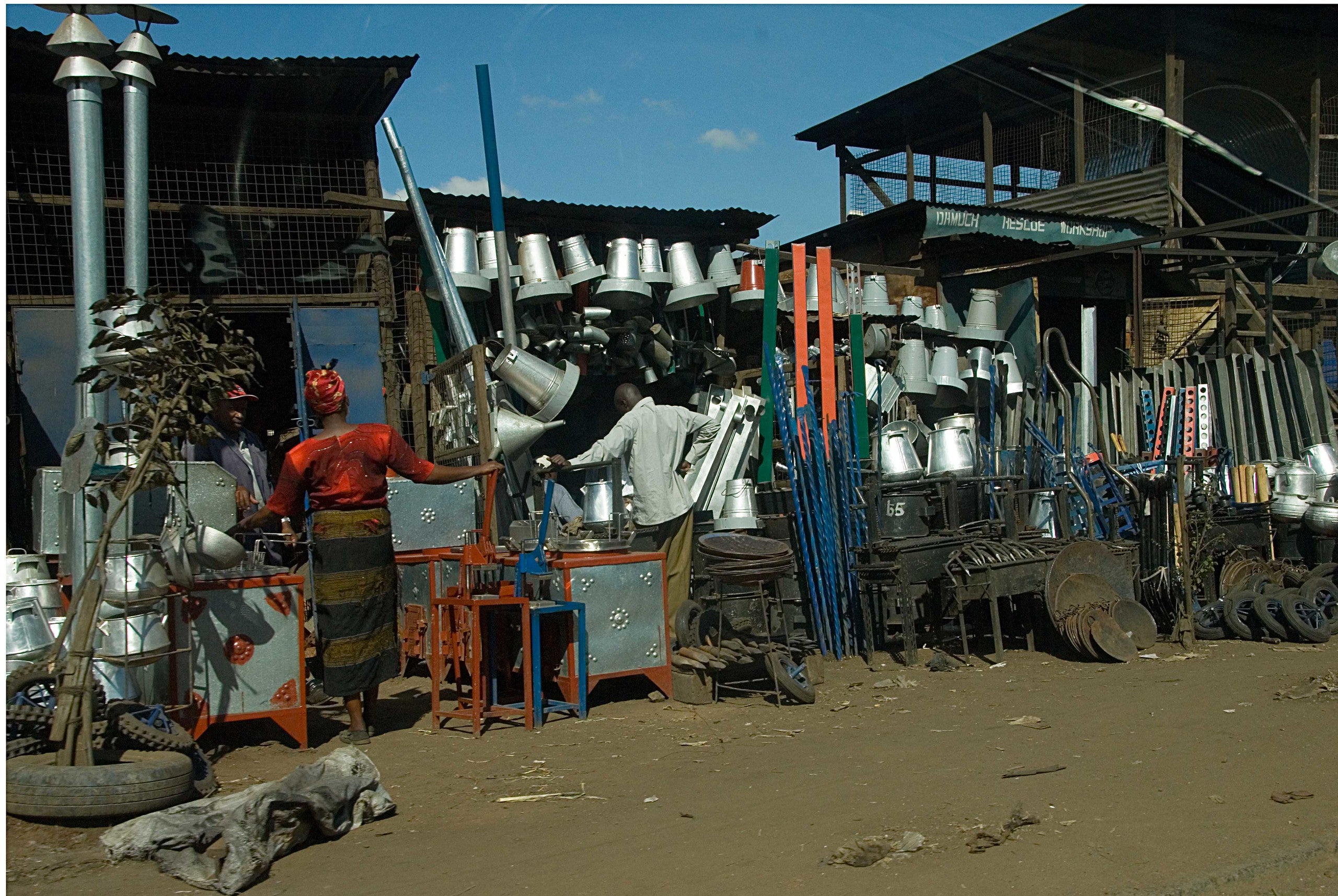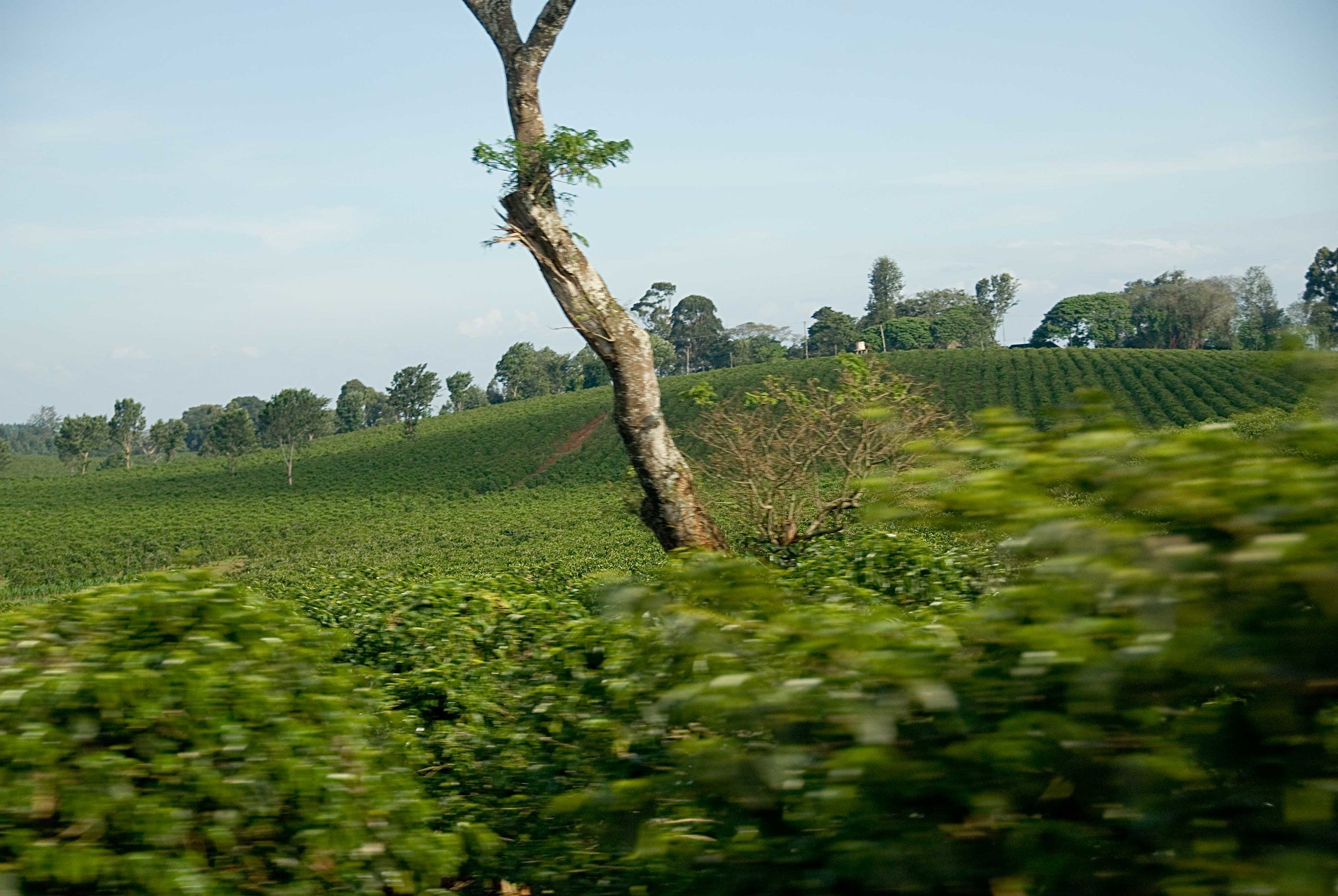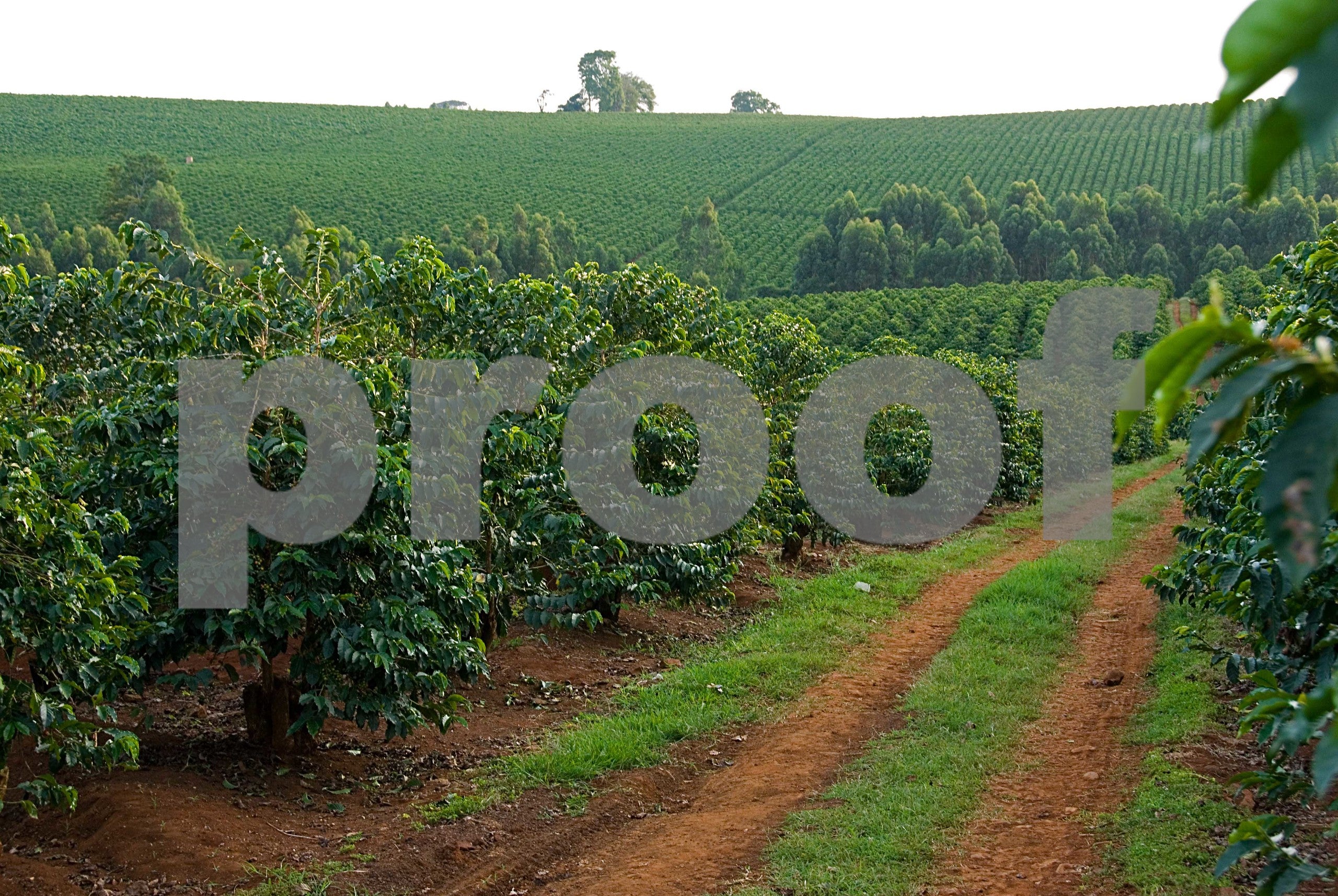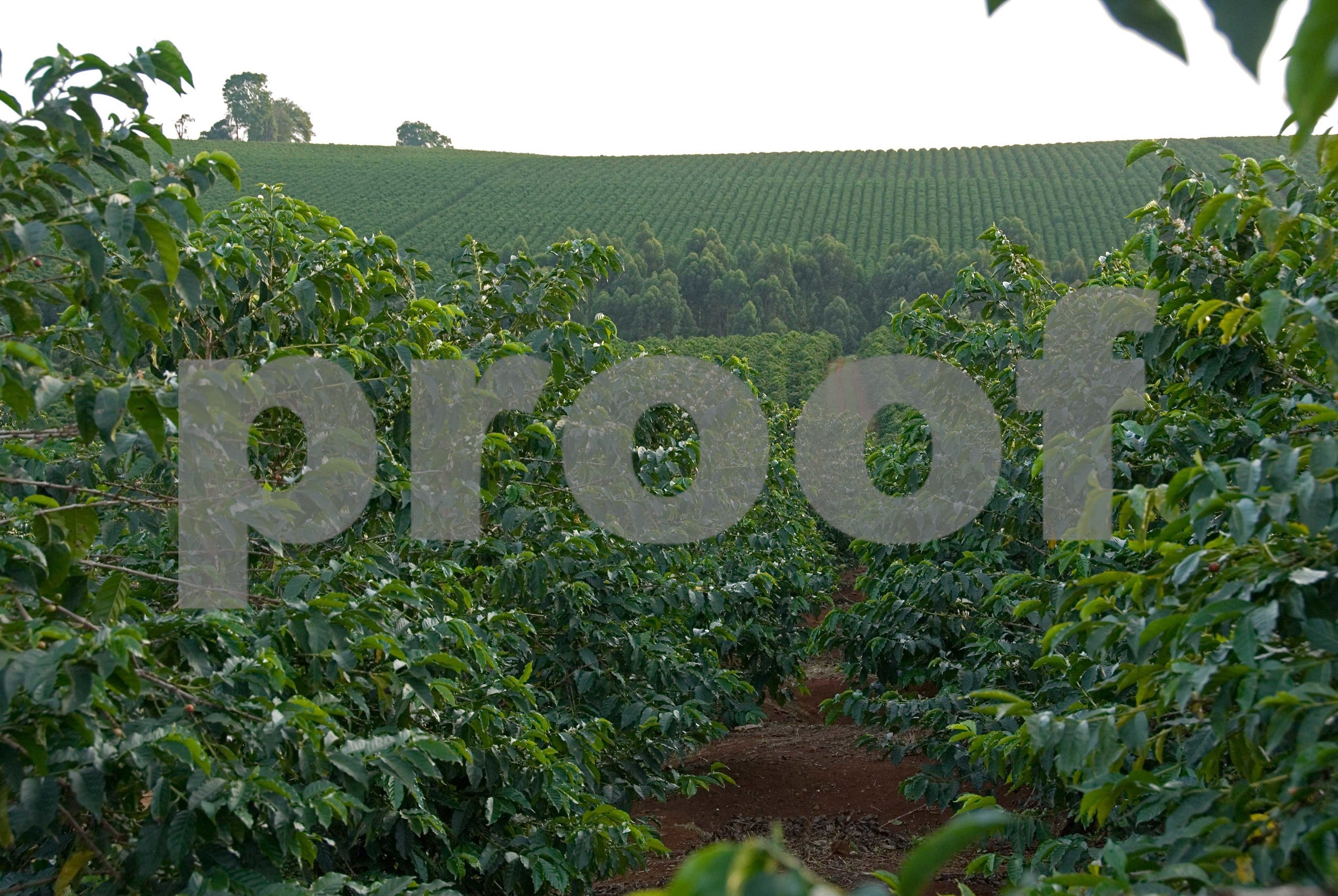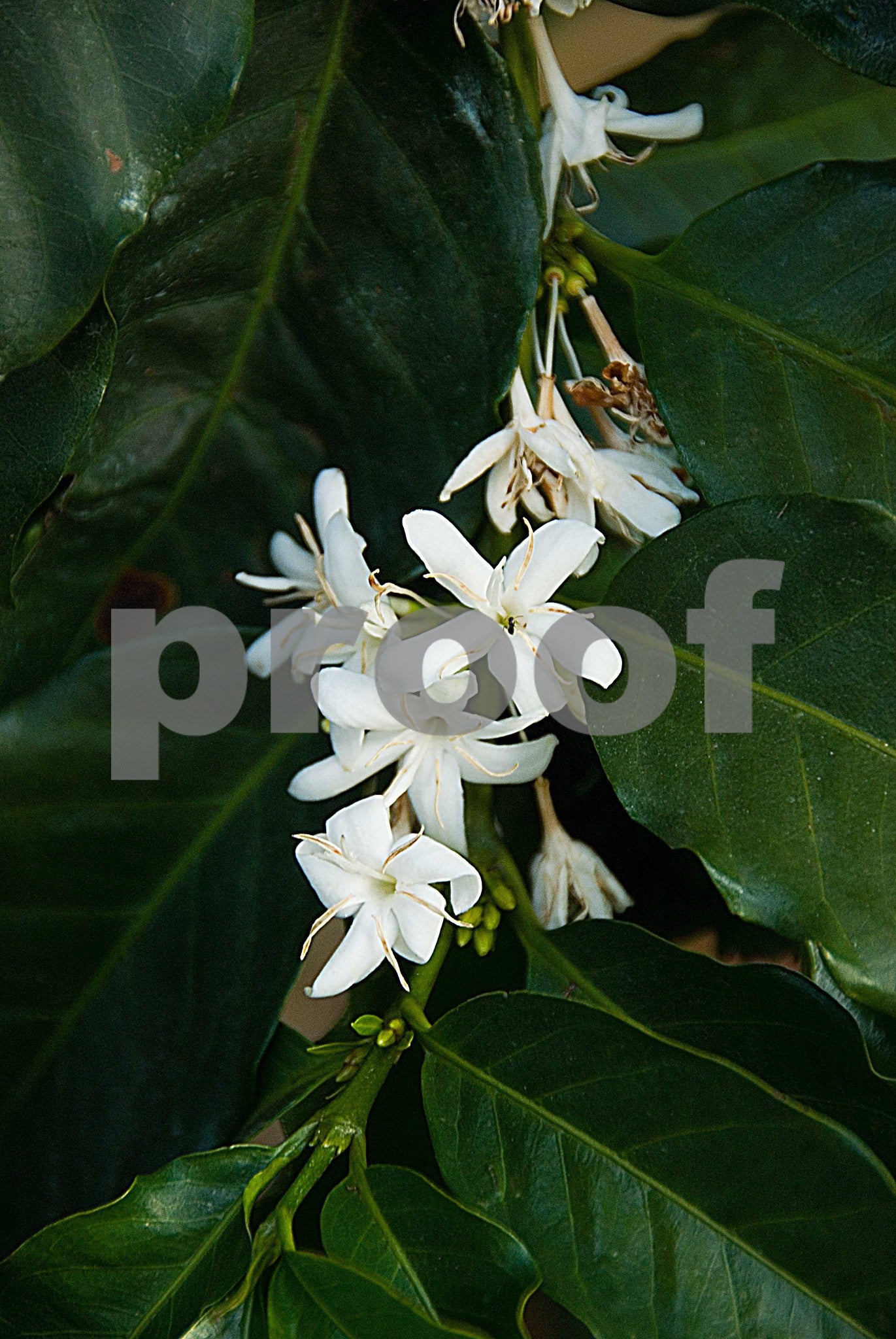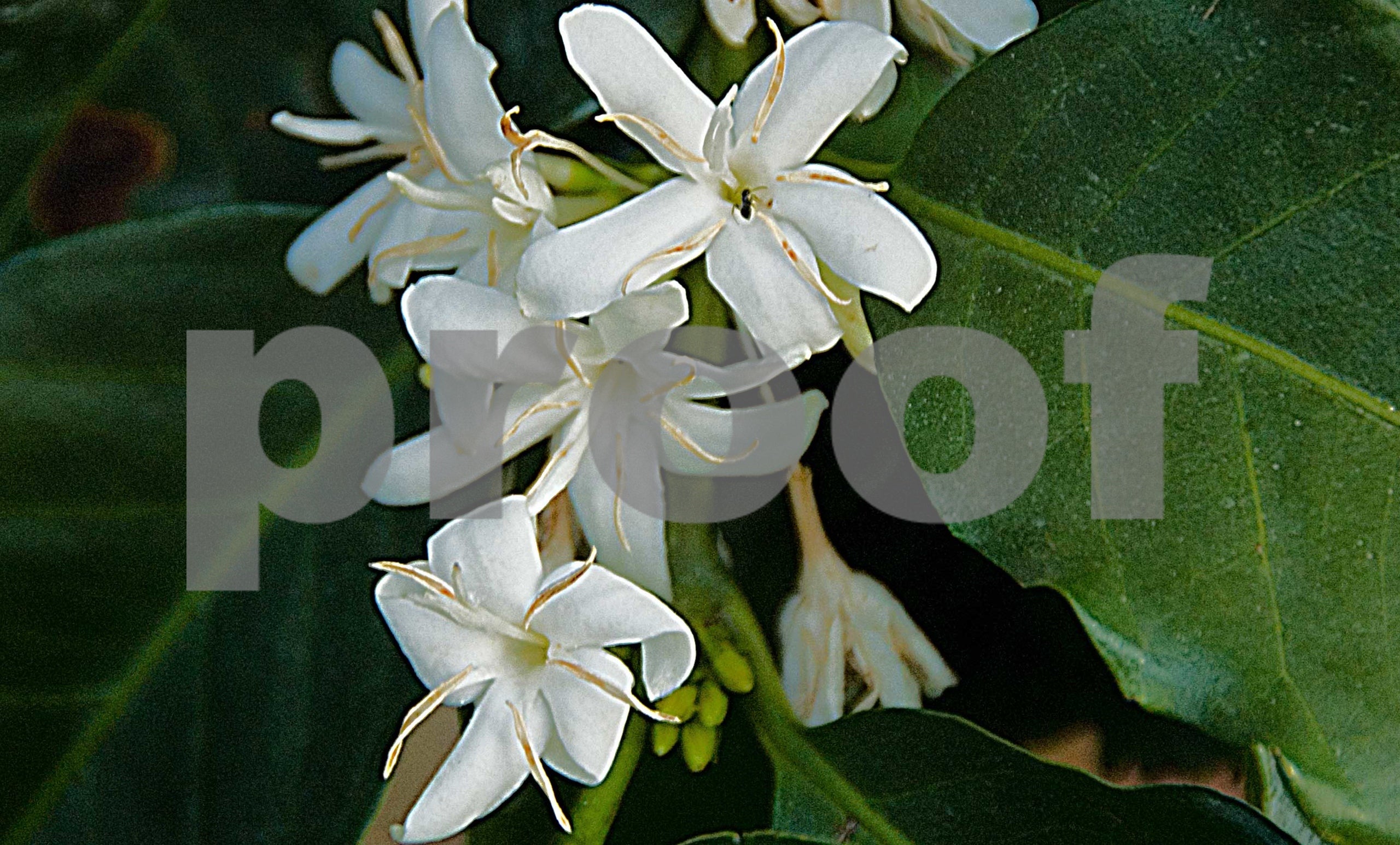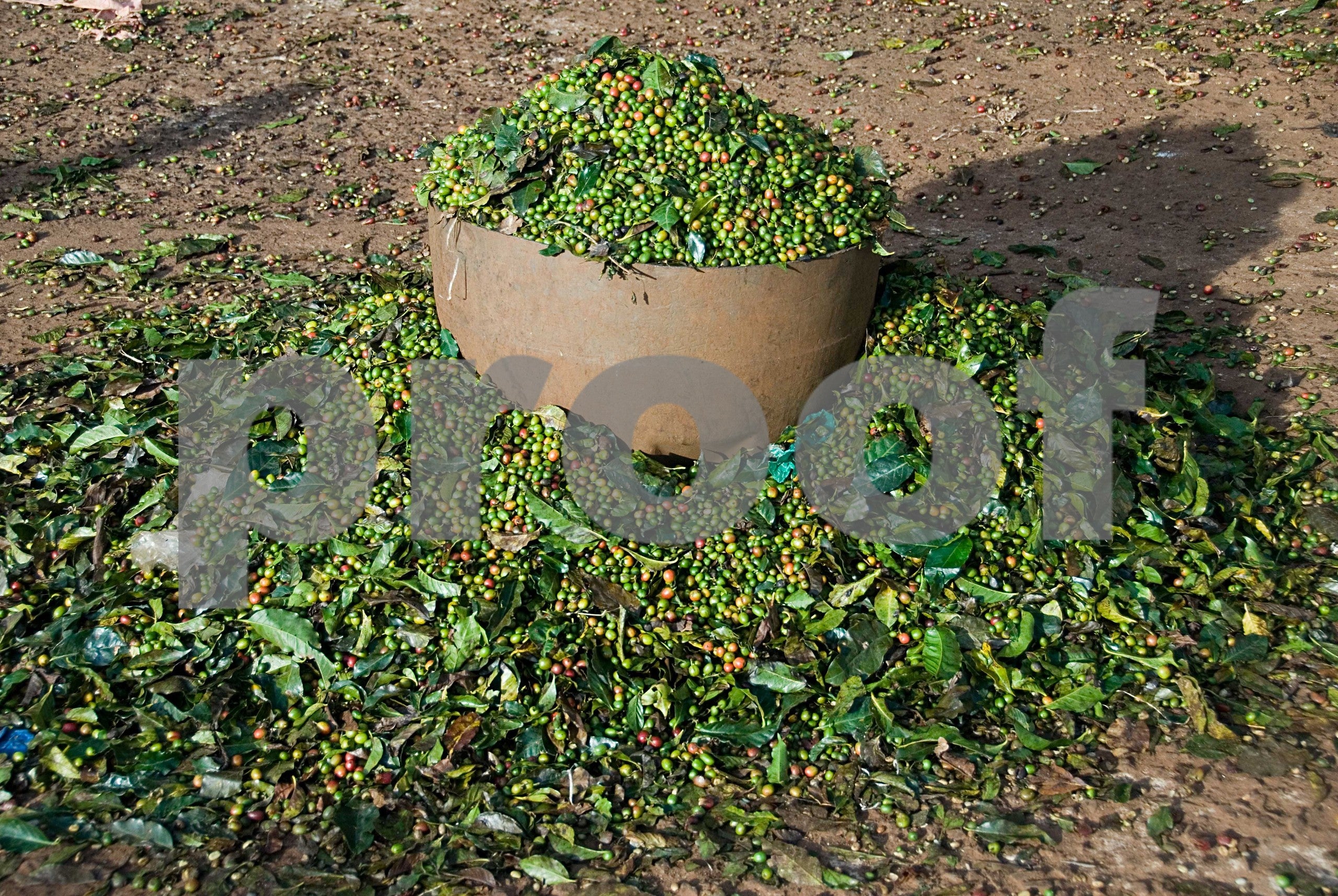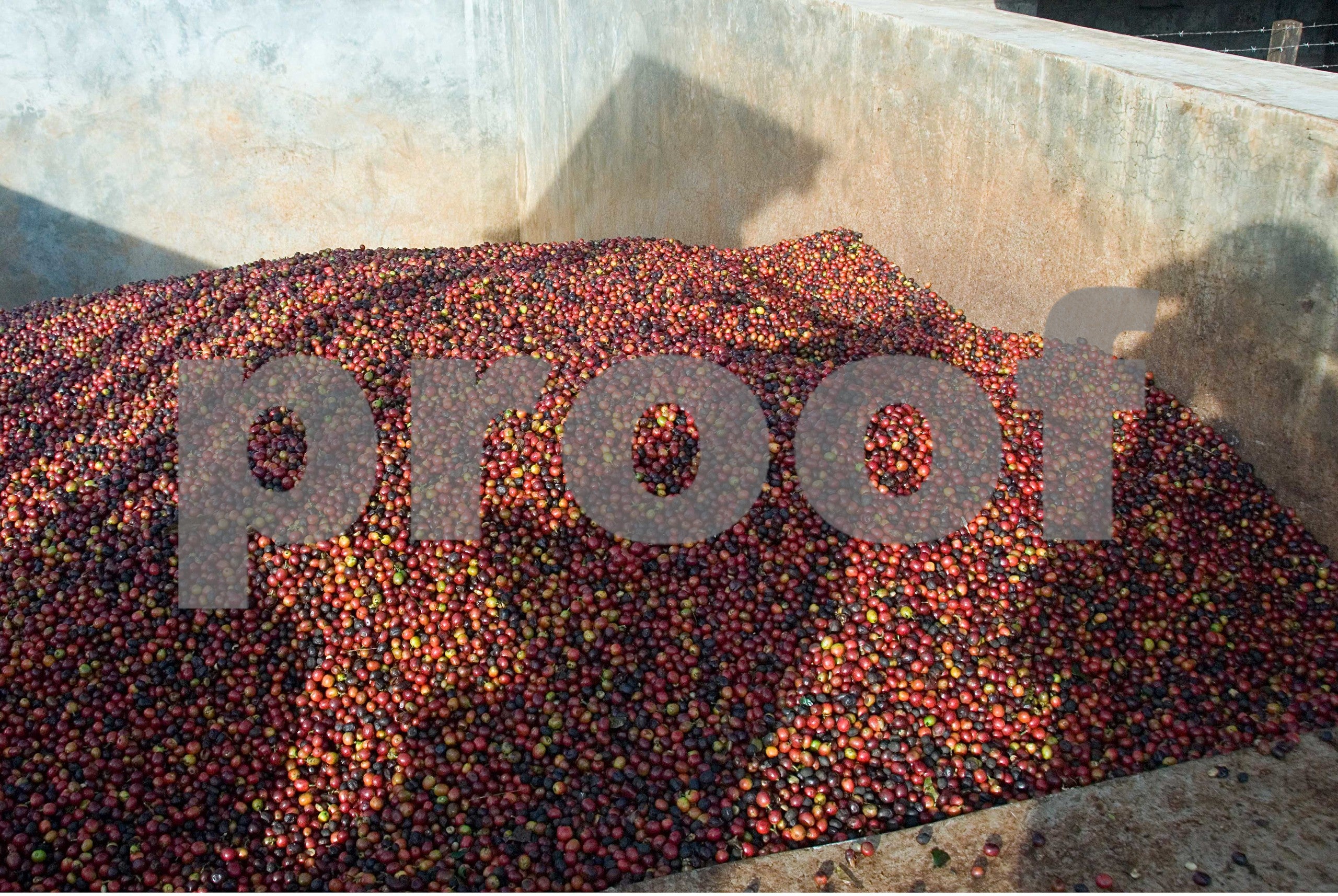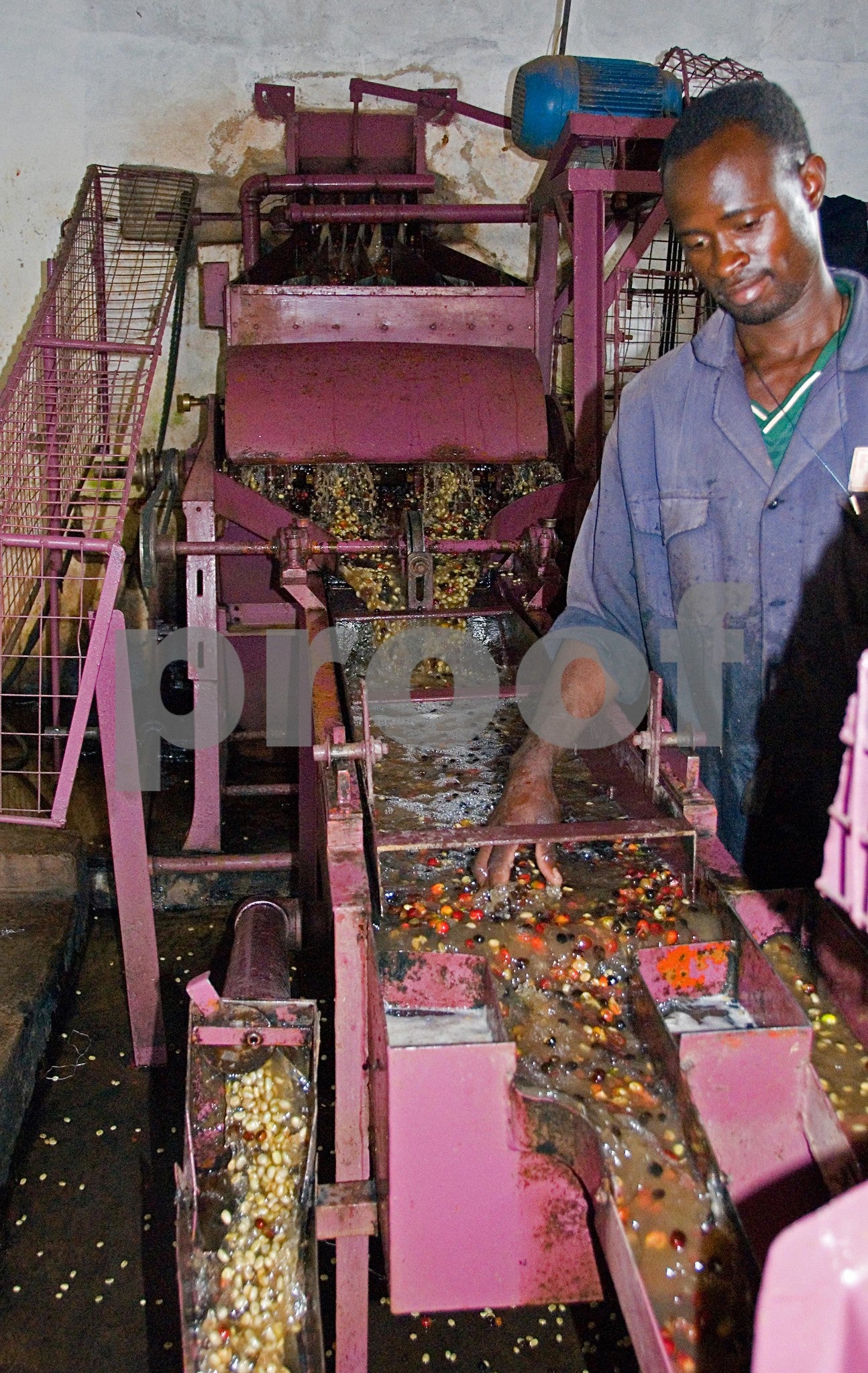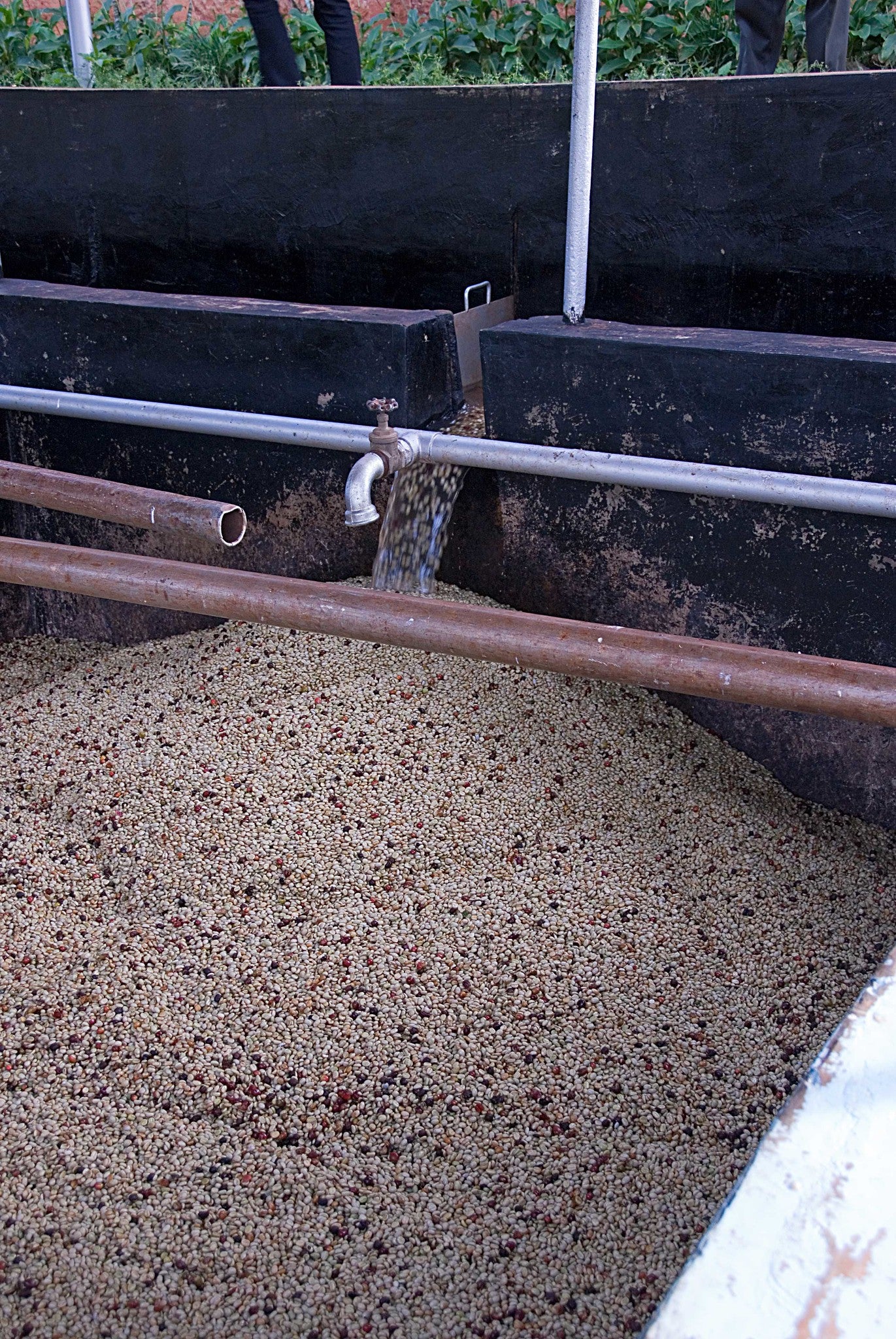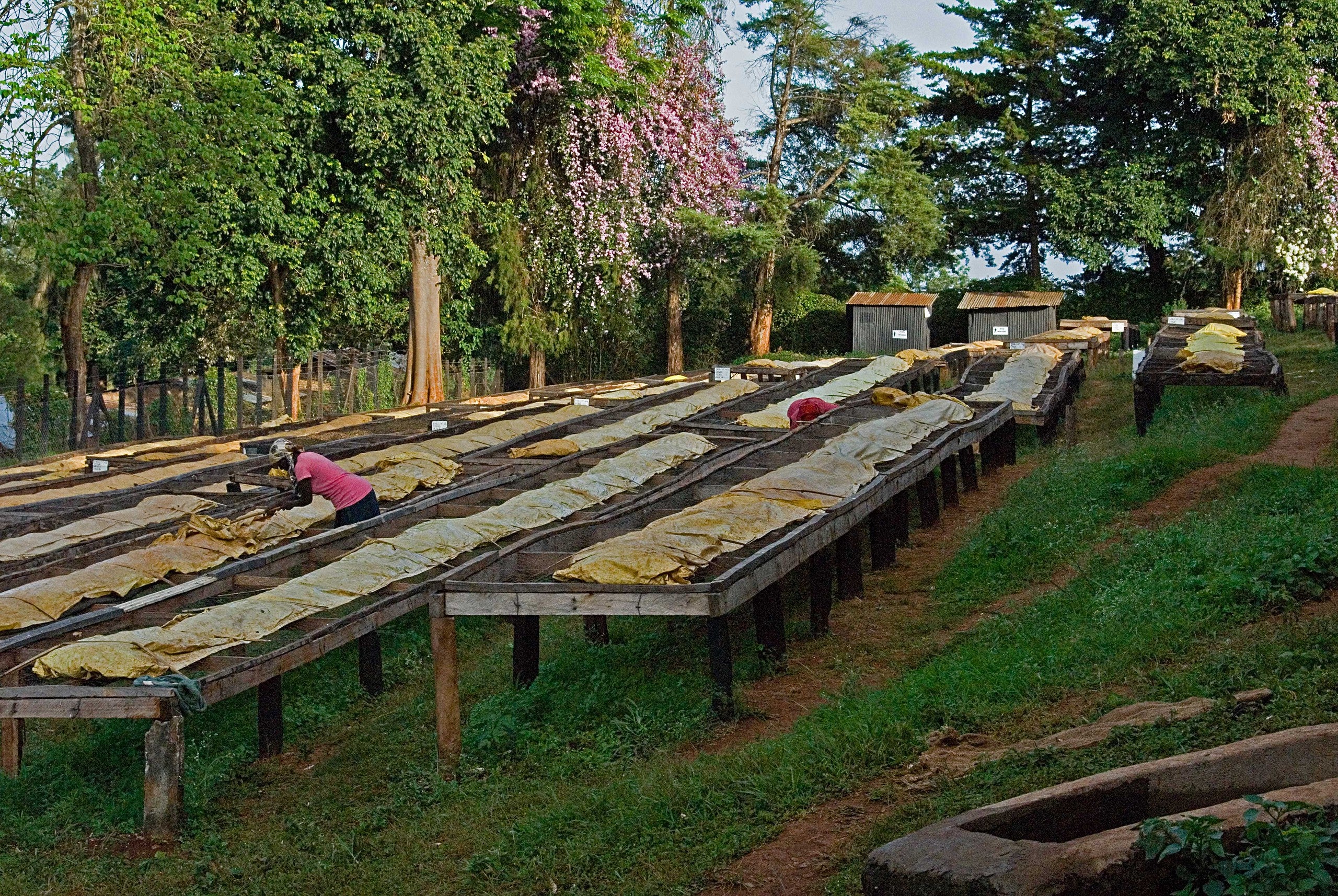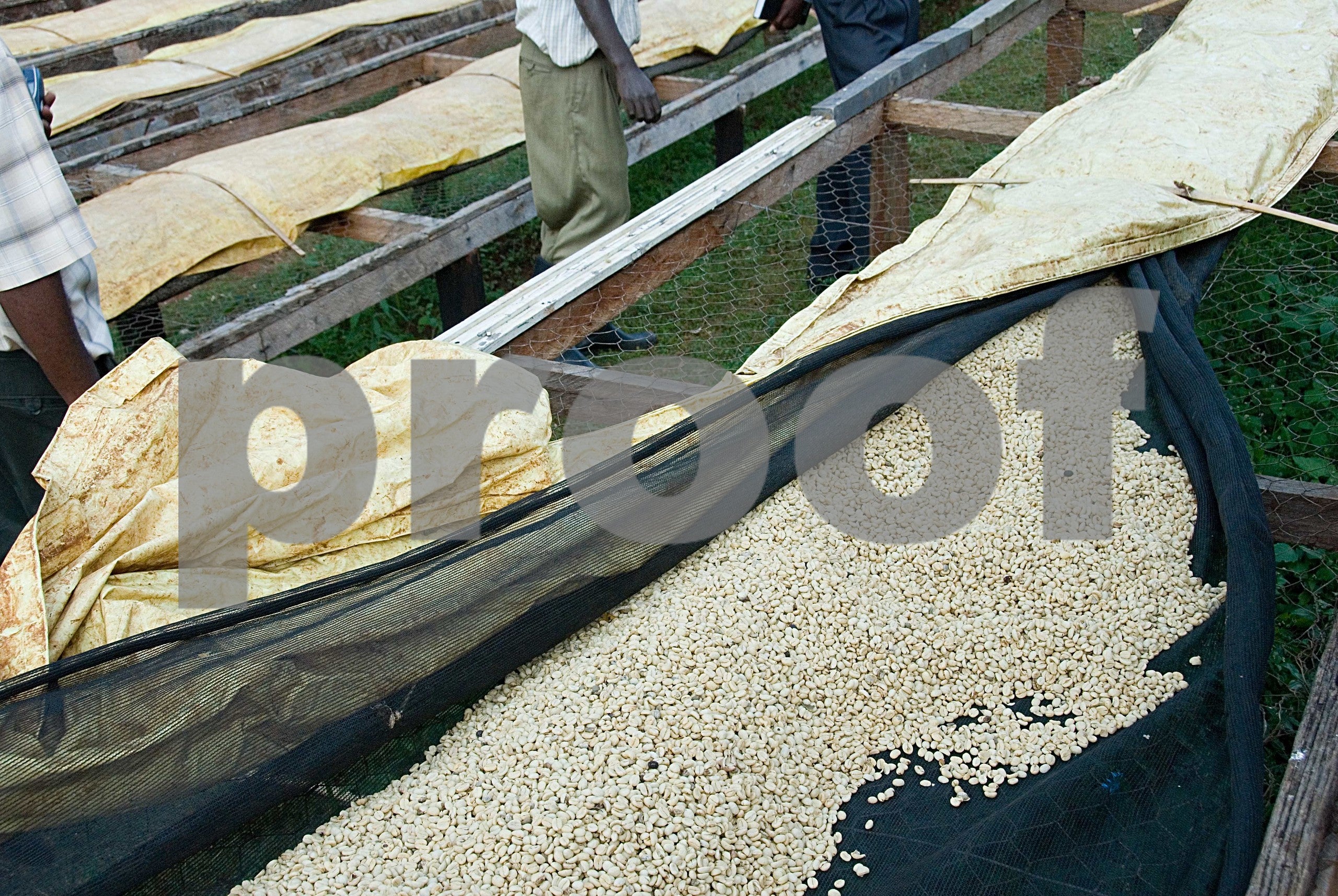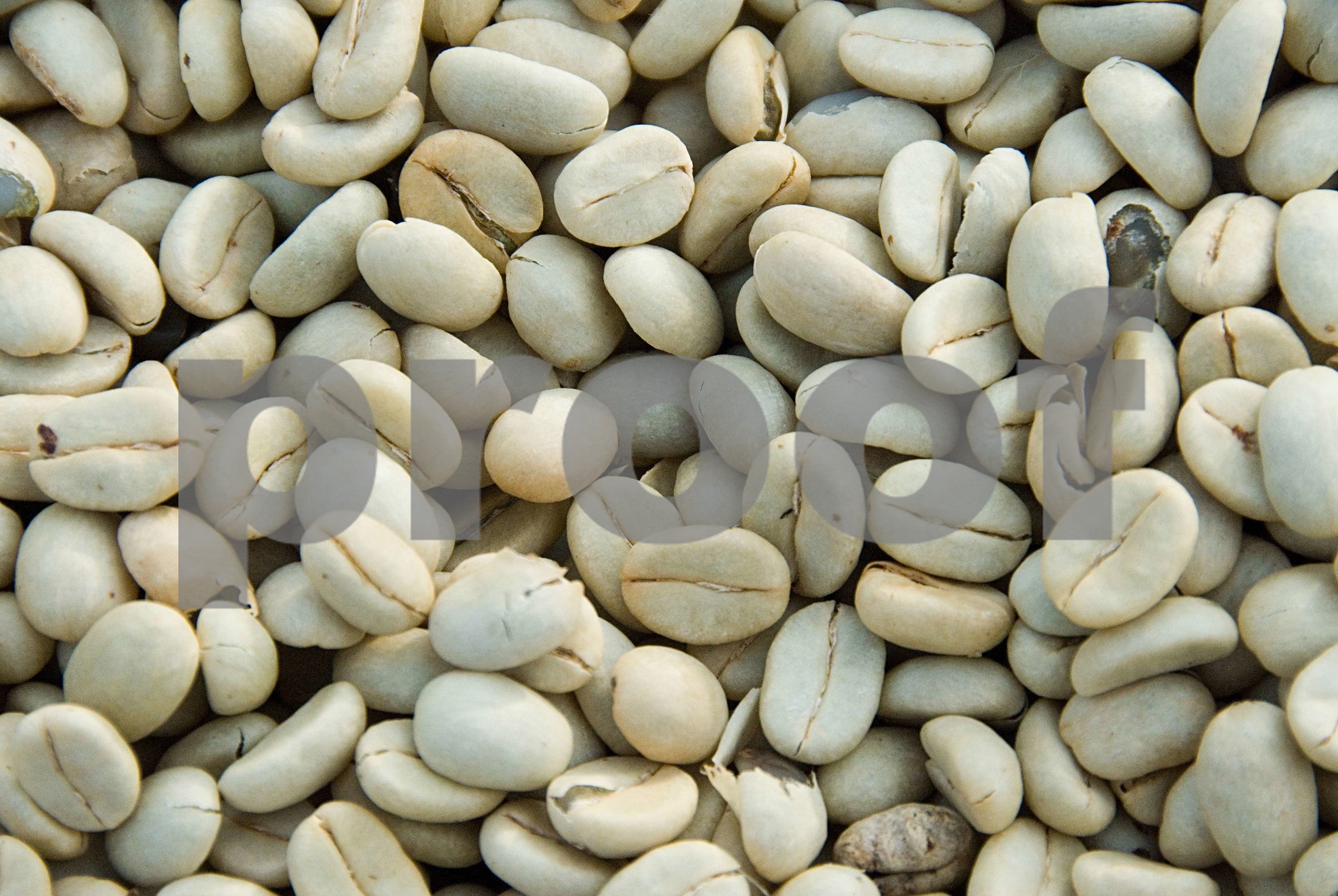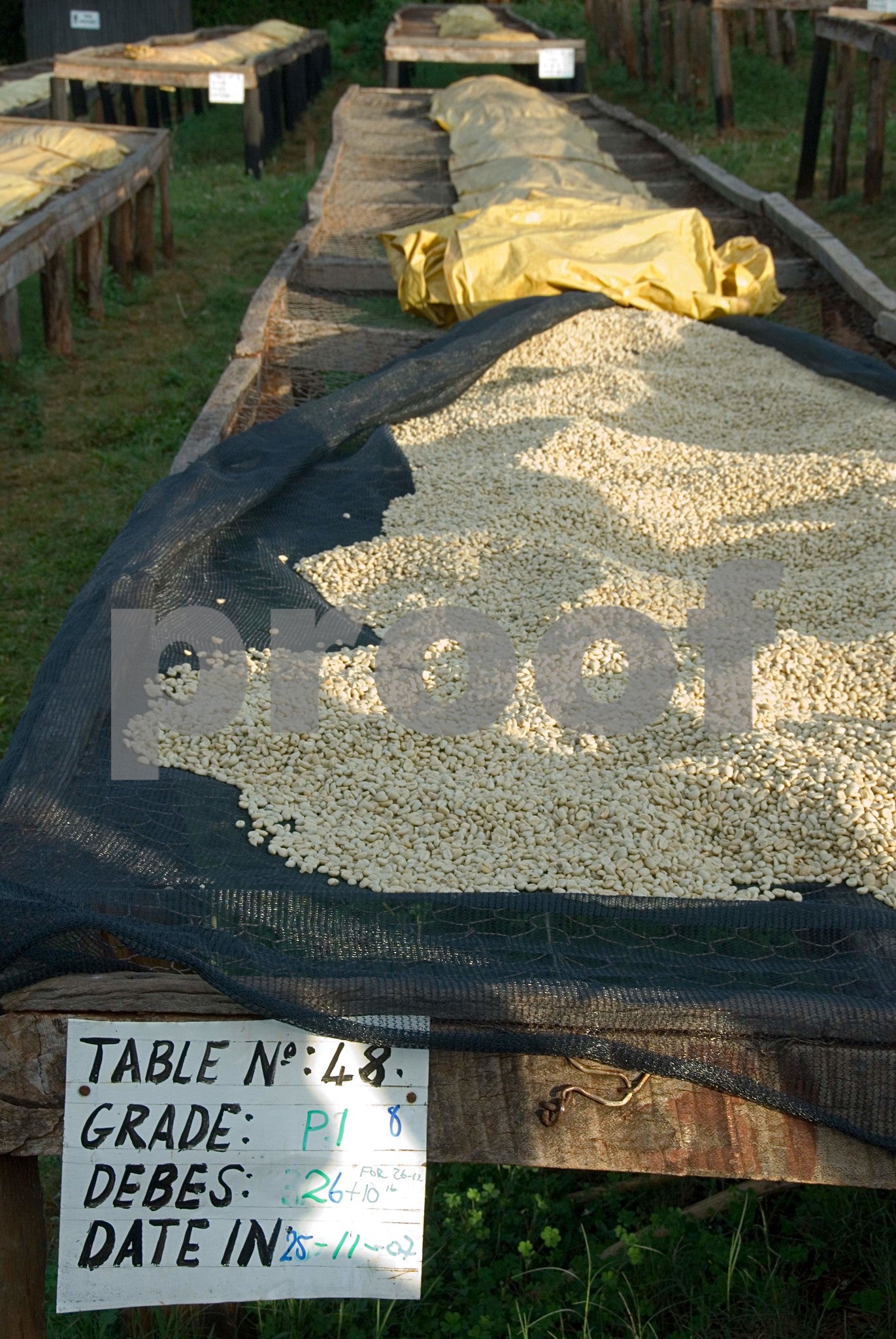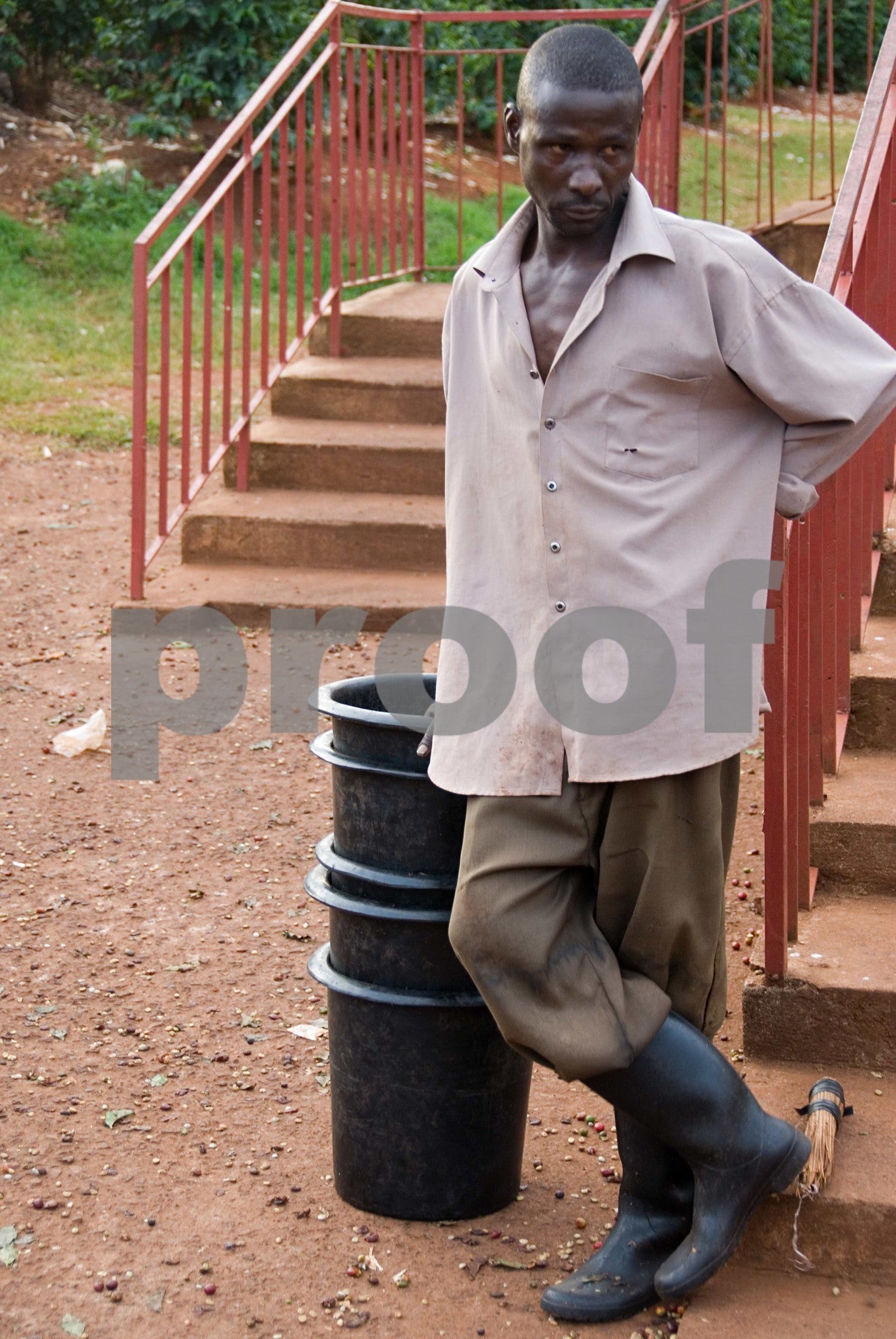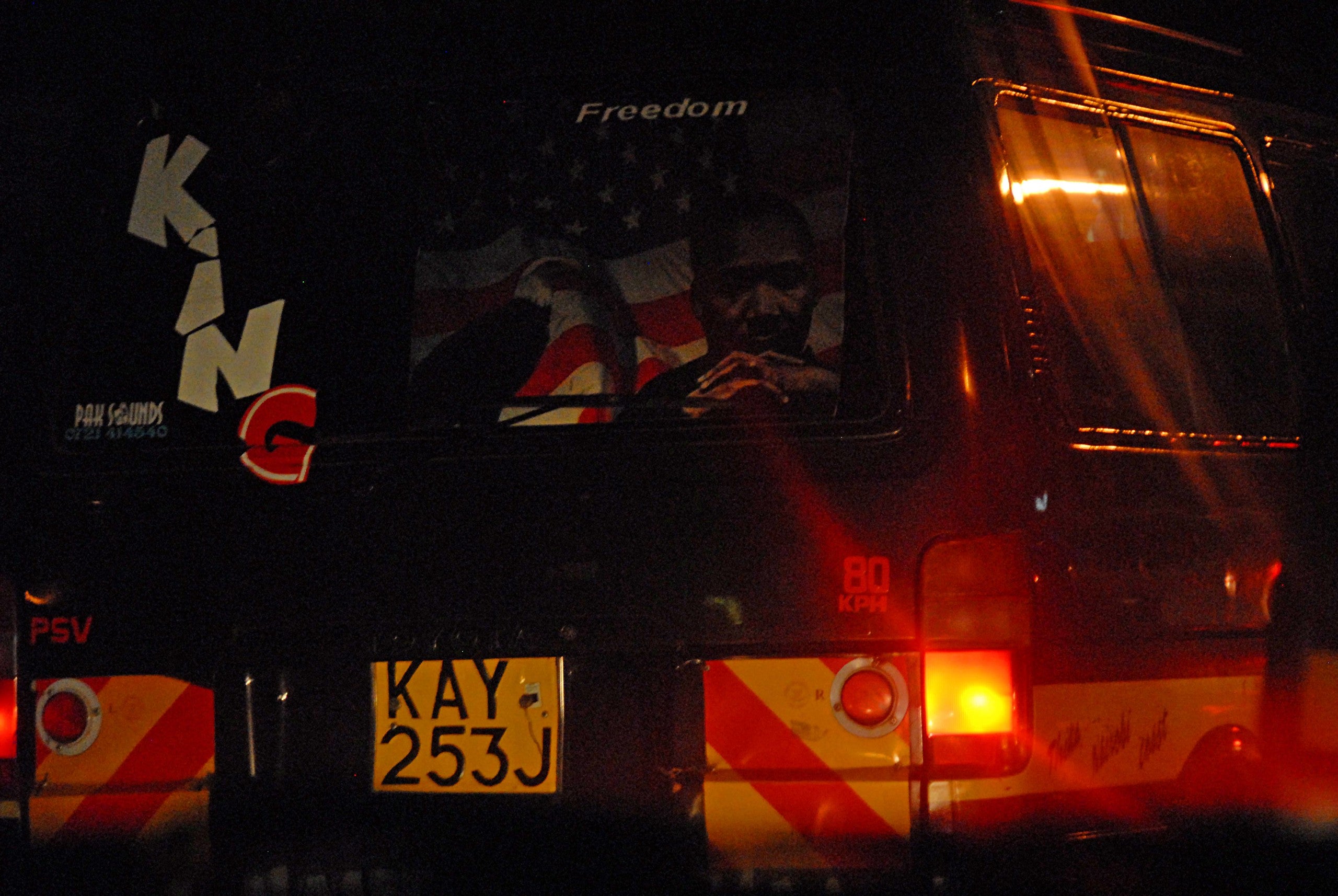Kenya Coffee Visit, Coffee Estates, Part 1 of 3 November 2007
I visited Kenya this late November for the first time since 1993 when I ran The Coffee Connection. It is the first of many visits to come. I was in Kenya for an intense four days. These photos were taken with a camera in one hand and note-taking in the other. They are shot through a moving car's windshield, at locations where time did not permit any preparation and often at less than ideal photo-opportunity times. For those interested in coffee, and in Kenya coffee in particular, I hope these shots will provide some interest. I plan to return soon and build on these photos as well as my knowledge!
My special thanks to Jeremy Block, Bridget Carrington, Kit Gulliver, Martin Ngare, Philip Kamau, Michael Gitau and Walter and Patrick Mathagu for their time and valuable input!



